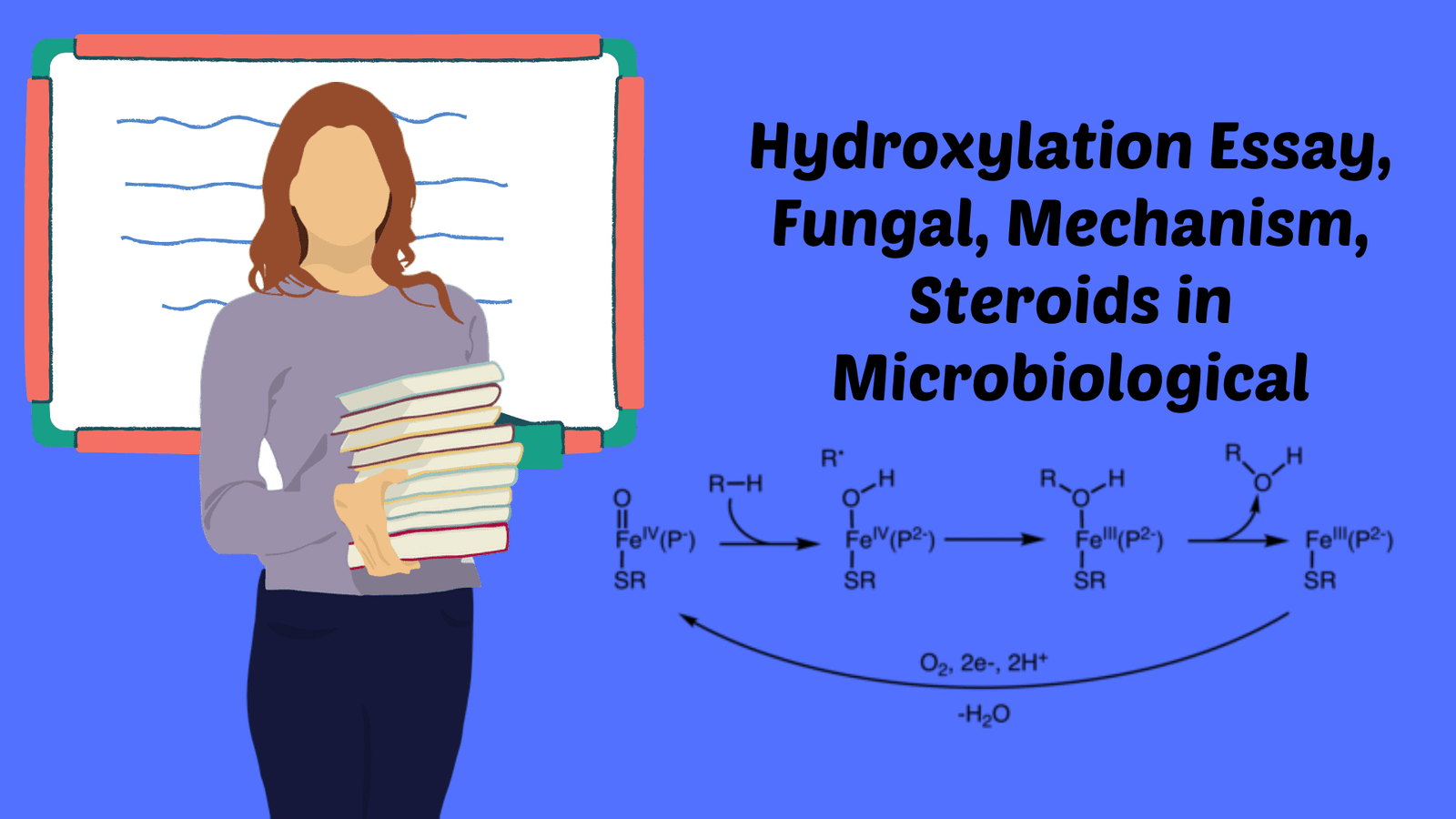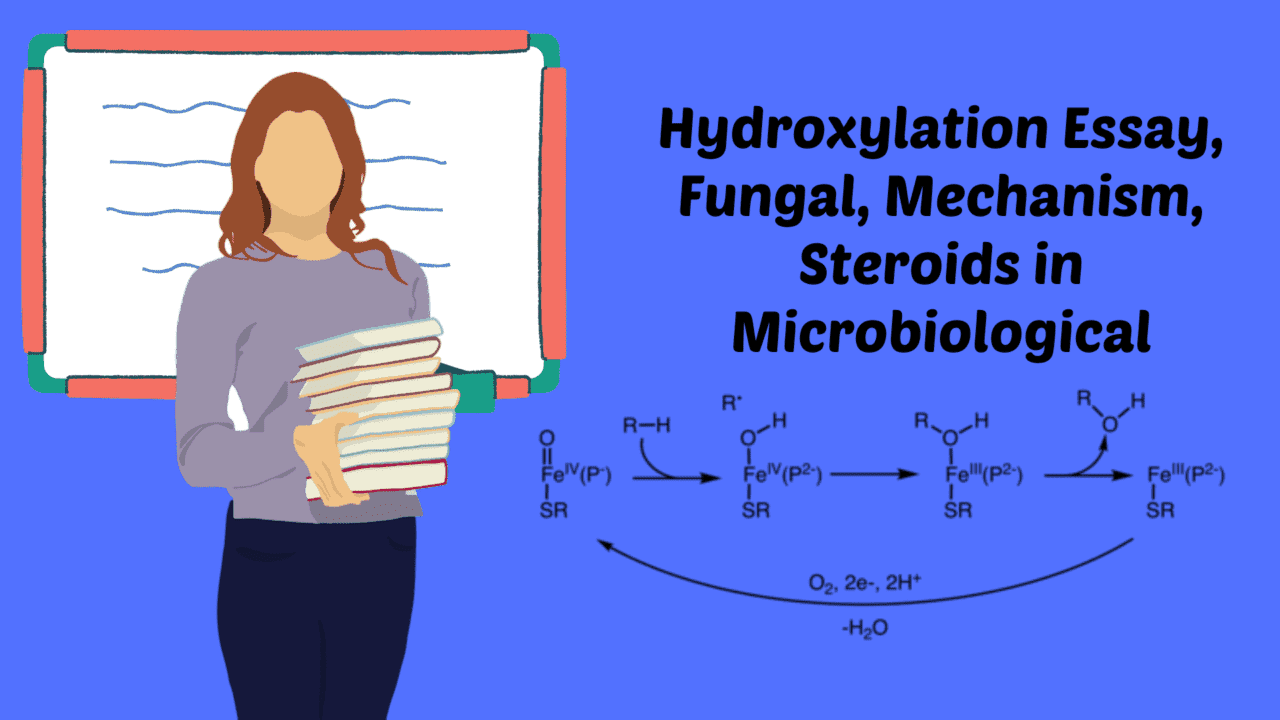Science Questions Answered: The Fascinating Blue Sky Effect. Learn why the sky appears blue and how light interacts with Earth’s atmosphere. Discover the science behind the colors of the sky and why it can appear different at different times of the day. Gain insights into the phenomenon of Rayleigh scattering and its role in making the sky appear blue.
Why is the sky blue?
One of the most common science questions is why the sky appears blue. The answer lies in the way that light interacts with Earth’s atmosphere. The Earth’s atmosphere is composed of various gases and particles. When sunlight reaches the Earth’s atmosphere, it encounters molecules and tiny particles in the air.
The sunlight is made up of different colors, each with a different wavelength. These colors include red, orange, yellow, green, blue, indigo, and violet. When sunlight interacts with the Earth’s atmosphere, the shorter wavelengths of light, such as blue and violet, are scattered more than the longer wavelengths, like red and orange.
As a result, the blue and violet light is scattered in all directions by the molecules and particles in the atmosphere. This scattering is known as Rayleigh scattering. The scattered blue light is then observed by our eyes, making the sky appear blue.
Interestingly, the sky can appear in different colors at different times of the day. During sunrise and sunset, for example, the sky can appear red or orange. This is because the light from the sun has to pass through a larger portion of the Earth’s atmosphere, causing more scattering of the shorter wavelengths and allowing the longer wavelengths, like red and orange, to reach our eyes.
What causes earthquakes?
Earthquakes are natural phenomena that occur when there is a sudden release of energy in the Earth’s crust. This release of energy creates seismic waves that shake the ground. The primary cause of earthquakes is the movement of tectonic plates, which are large sections of the Earth’s crust that float on the semi-fluid mantle below.
The Earth’s crust is divided into several tectonic plates that are constantly moving. These plates can either move apart (divergent boundary), collide (convergent boundary), or slide past each other (transform boundary). When these plates interact, they can become locked due to friction along their boundaries.
As the plates continue to move, stress builds up along the locked boundary. Eventually, the stress overcomes the friction, and the plates suddenly slip, releasing a large amount of energy. This energy is what causes the ground to shake during an earthquake.
Earthquakes can occur anywhere in the world, but they are most commonly found along plate boundaries. The Ring of Fire, for example, is a major area in the basin of the Pacific Ocean where a large number of earthquakes and volcanic eruptions occur. Understanding the causes of earthquakes is crucial for predicting and preparing for these natural disasters.
How do plants make food?
Plants are unique organisms that can produce their food through a process called photosynthesis. Most common science questions; Photosynthesis is the process by which plants convert light energy from the sun into chemical energy that can be used for growth and development.
The main components involved in photosynthesis are sunlight, carbon dioxide, water, and chlorophyll. Chlorophyll is a pigment found in the chloroplasts of plant cells that gives plants their green color. It is also responsible for capturing light energy from the sun.
During photosynthesis, plants use the energy from sunlight to convert carbon dioxide and water into glucose (a type of sugar) and oxygen. This process takes place in the chloroplasts, which contain specialized structures called thylakoids. The thylakoids contain chlorophyll and other molecules that are necessary for capturing and converting light energy.
The overall equation for photosynthesis is:
6CO2 + 6H2O + sunlight → C6H12O6 + 6O2
The glucose produced during photosynthesis is used by the plant as a source of energy for various cellular processes. It can be stored as starch or used to produce other organic compounds, such as cellulose for cell walls or proteins for growth.
In addition to producing food for themselves, plants play a crucial role in the ecosystem by releasing oxygen into the atmosphere as a byproduct of photosynthesis. This oxygen is then used by other organisms, including humans, for respiration.
How do magnets work?
Most common science questions; Magnets are fascinating objects that can attract or repel certain materials. The underlying principle behind the behavior of magnets is the presence of magnetic fields.
Magnetic fields are created by the movement of electric charges. In magnets, the movement of electrons within the atoms produces a magnetic field. These magnetic fields can exert forces on other magnetic objects or materials that are capable of being magnetized.
Magnets have two poles, known as the north pole and the south pole. These poles have opposite magnetic charges, similar to positive and negative charges in electricity. Like charges repel each other, while opposite charges attract.
When two magnets are brought close together, the magnetic fields interact with each other. If the north pole of one magnet is brought near the south pole of another magnet, the two magnets will attract each other. On the other hand, if the north pole of one magnet is brought near the north pole of another magnet, they will repel each other.
Magnets can also attract certain materials, such as iron, nickel, and cobalt. These materials are known as ferromagnetic materials. When a ferromagnetic material comes into contact with a magnet, the magnetic fields of the material align with the magnetic field of the magnet, causing the material to be attracted to the magnet.
Understanding how magnets work has led to many practical applications, such as in electric motors, generators, and magnetic storage devices. Magnets are also widely used in everyday objects, such as refrigerator magnets and magnetic closures on clothing.
How does the immune system work?
The immune system is a complex network of cells, tissues, and organs that work together to defend the body against harmful pathogens, such as bacteria, viruses, and parasites. Most common science questions; It plays a crucial role in maintaining the body’s overall health and well-being.
The immune system has two main components: the innate immune system and the adaptive immune system.
The innate immune system is the body’s first line of defense against pathogens. It includes physical barriers, such as the skin and mucous membranes, as well as various cells and proteins that recognize and attack foreign invaders. These cells and proteins can quickly respond to a wide range of pathogens, but their response is not specific to a particular pathogen.
The adaptive immune system, on the other hand, is a more specialized and targeted defense mechanism. It is capable of recognizing specific pathogens and mounting a tailored response to eliminate them. The adaptive immune system relies on white blood cells called lymphocytes, which include B cells and T cells. B cells produce antibodies that can bind to specific pathogens, while T cells can directly attack infected cells.
When the immune system encounters a pathogen, it triggers an immune response. This response involves various immune cells and molecules working together to eliminate the pathogen. The immune system can also develop immunological memory, which allows it to recognize and respond more effectively to previously encountered pathogens.
However, the immune system is not infallible. Sometimes, it can mistakenly attack the body’s cells, leading to autoimmune diseases. Other times, it may not respond adequately to a pathogen, resulting in infections. Understanding how the immune system works is crucial for developing treatments and vaccines to prevent and treat diseases.
How do airplanes stay in the air?
Airplanes are marvels of engineering that allow humans to fly through the sky. Most common science questions; The key principle behind how airplanes stay in the air is the concept of lift.
Lift is the force that opposes the weight of an aircraft and enables it to stay airborne. It is generated by the interaction between the wings of an airplane and the air flowing over and under them.
The shape of an airplane’s wings, known as an airfoil, is designed to create lift. The top surface of the wing is curved, while the bottom surface is relatively flat. When the airplane moves through the air, the shape of the wing causes the air to move faster over the top surface and slower underneath.
According to Bernoulli’s principle, as the air moves faster, its pressure decreases. This creates a pressure difference between the top and bottom surfaces of the wing, with lower pressure on top and higher pressure underneath. The pressure difference generates an upward force, which is the lift that keeps the airplane in the air.
In addition to lift, airplanes also rely on other forces to maintain flight. Thrust is the forward force that propels the airplane through the air. It is typically generated by engines, such as jet engines or propellers. Drag is the resistance that opposes the motion of the airplane and is caused by factors such as air resistance and the shape of the aircraft.
By carefully balancing these forces, pilots can control the altitude, speed, and direction of an airplane. Understanding the principles of lift and flight is crucial for the design and operation of safe and efficient aircraft.















